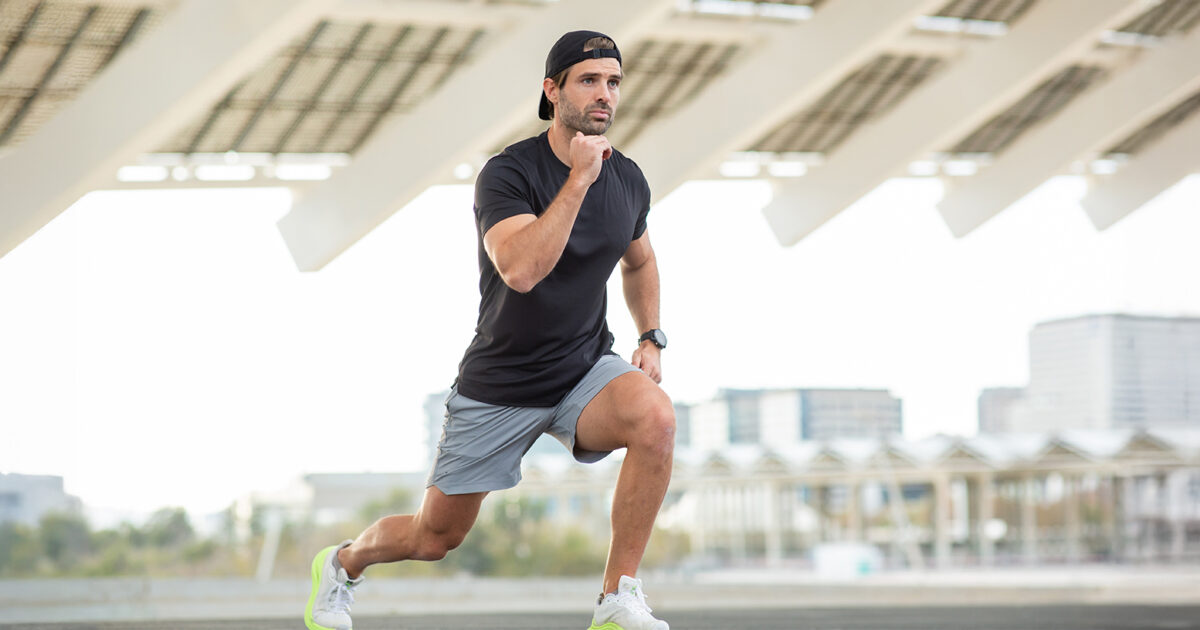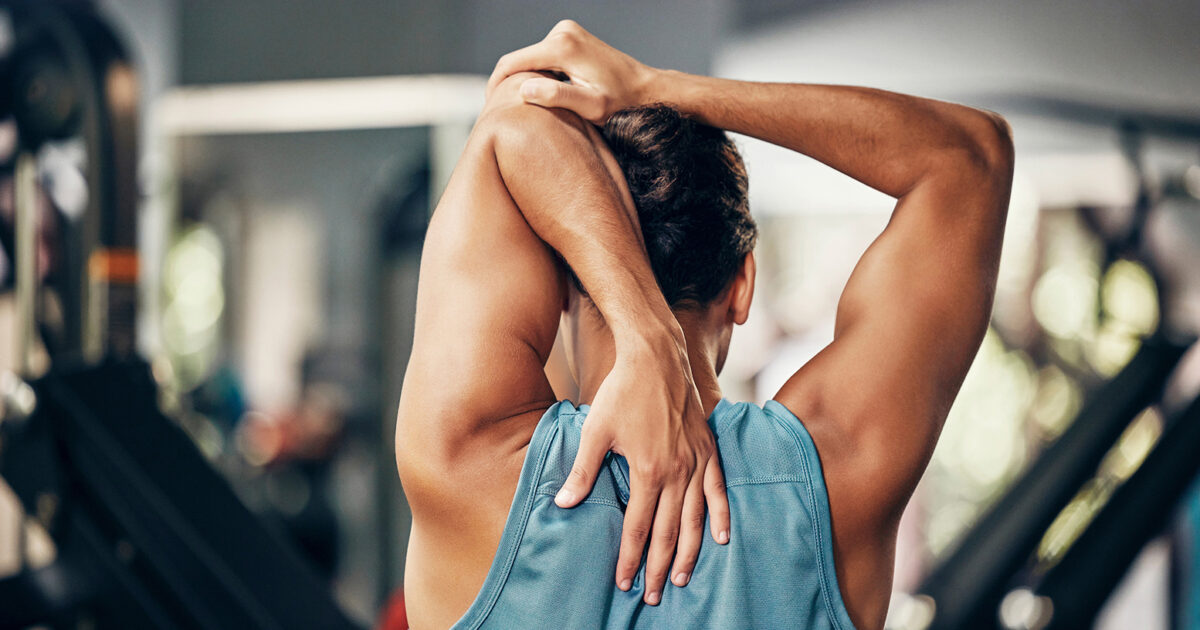In a study comparing the activation of muscles with different pull-up variations, rope climbing, muscle ups and the pegboard, the latter showed best results for the growth of muscles. Climbing pegboards can be a simple but dynamic addition to strength and upper body training. The functional exercises increase the performance of, e.g. Olympic weightlifters within a scope of adequate athletic training.
Which muscles does the pegboard train?
The pegboard has originally been developed for climbers of a range of climbing disciplines such as bouldering and rock climbing. Thus, it addresses precisely the muscle groups activated while climbing.
- Latissimus
- Back shoulder head
- Biceps
- Lower arm
The pegboard stimulates smaller muscles, which are usually more difficult to reach through regular free weight or body-weight exercise. The Teres Major, for instance, situated below the shoulder blade. It is responsible for the internal rotation of the arm as well as for the removal of the arm towards the body after it has been stretched out side-wards.
Many athletes have their Teres Major under-developed as often they do not train the rotation nor the movement of the arm towards the body with weights. Problems with the shoulder are, thus, widely spread for this reason. Regular pegboard training contributes to the prevention of injuries.
A further example: the Brachialis, situated approximately above the elbow, is responsible for the bending of the lower arm, just as the biceps are. In contrast to the far more known biceps, it can provoke the bending of the lower arm even when the palm is facing downwards.
This is a typical positioning of the hands on the barbell at Olympic weightlifting. The pegboard specifically training the Brachialis brings about an enhancement of the performance in this weight pulling exercise.
Generally speaking, exercising with the pegboard is a highly intense physical exercise for the entire upper body. In a study comparing the activation of muscles with different pull-up variations, rope climbing, muscle ups and the pegboard, the latter showed best results for the growing of the latissimus, biceps and chest muscles.
According to several statistic projections, one pegboard-ascent is equivalent to 26 pull-ups regarding intensity (muscle activation and heartbeat).
A better athlete with the pegboard
The pegboard, however, does not only serve the benefit of building muscles. Climber and calisthenic athletes appreciate exercising with the pegboard for its enhancing effect on the strength endurance. The athlete learns to hold on to the stick one-handed for several seconds. Relative to the respective competencies, the entire process of climbing can last 30 to 60 seconds. That is quite some training!
The pegboard is an excellent stability exercise. Many small and significant muscle groups are coordinated in a perfectly harmonizing manner to maintain the body tension. This lays a perfect basis for effective training (butterfly-pull-ups, muscle ups etc.) and makes for the health of the joints. Additionally, the athlete improves the coordination of hands and eyes and the mental strength.
Advice for correct execution
- Always keep the body as close as possible to the board.
- Always make sure there is a support and a replace side. For example, when you want to replace the stick in your left hand, shift your weight to the right side.
- Your chest should always stay on the height of your stick on the support side, never in the middle of the sticks or below your lowest hand.
- When removing the stick from a whole, only pull out the stick in a horizontal backwards movement, never in a downwards movement (otherwise you will get stuck in the whole and, hence, lose precious time and energy).
The pegboard is not only suited for the ascent and descent on the board. One can also exercise different pull-up variations on the board. Put the sticks in different positions on the board and train narrow, wide or shifted pull-ups. Whoever is looking for a new abdominal exercise can try out different leg raise variations.
Bardo Tschapke, EVO Le Flair Düsseldorf
Instagram: healthcoachbardo
Facebook: Health Coach Bardo



